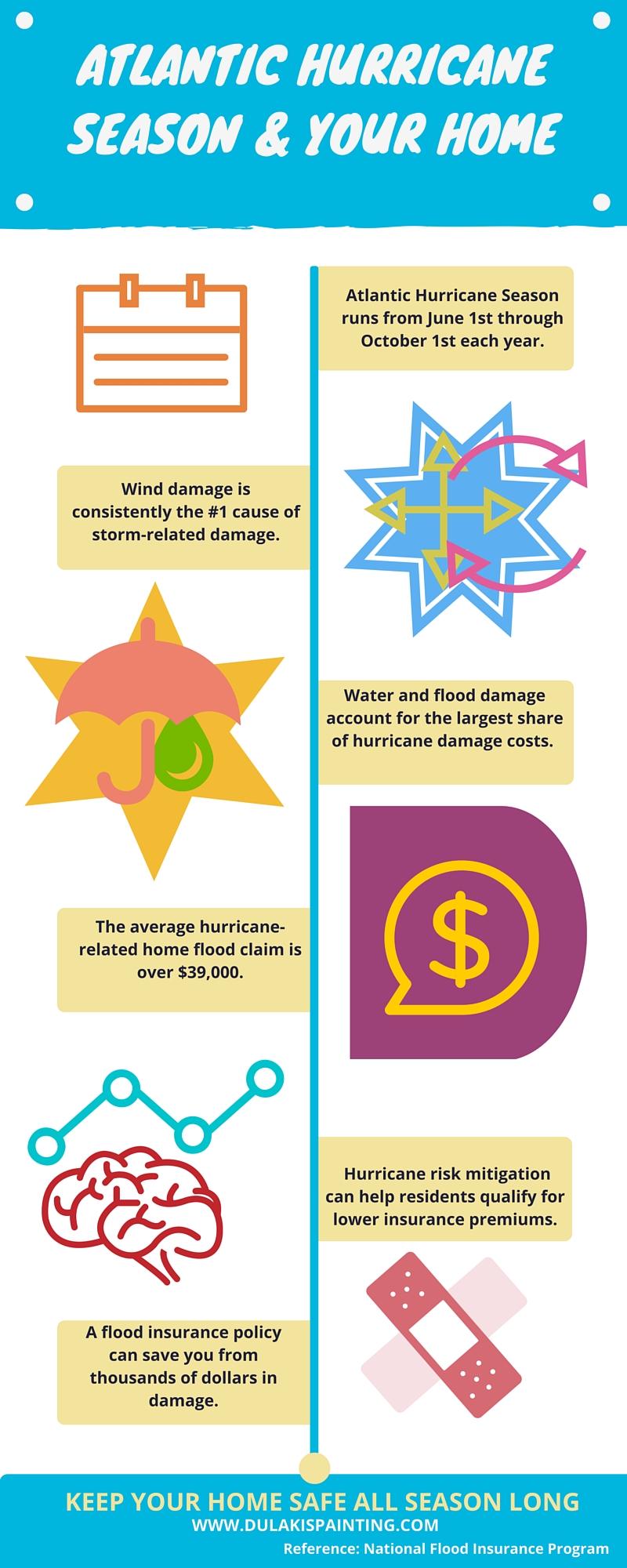Check Out The Function Of Seasonal Factors In The Success Of Industrial External Paint And Discover The Best Times To Secure Long-Term Outcomes For Your Project
Check Out The Function Of Seasonal Factors In The Success Of Industrial External Paint And Discover The Best Times To Secure Long-Term Outcomes For Your Project
Blog Article
Content By-Fox Browne
When you're planning an industrial external painting project, seasonal factors can make or break your results. You'll wish to consider how temperature and humidity impact paint application and drying times. Choosing the ideal period can ensure your paint adheres correctly and lasts much longer. Yet which seasons are genuinely the very best for this sort of work? Let's check out the crucial elements that can influence your project's success.
The Influence of Temperature on Paint Application
When you're intending an industrial exterior painting project, the temperature can substantially impact just how well the paint adheres and dries out.
Preferably, https://www.homesandgardens.com/house-design/how-much-does-it-cost-to-paint-a-house intend to repaint when temperature levels vary between 50 ° F and 85 ° F. If it's too cool, the paint might not cure properly, bring about concerns like peeling off or fracturing.
On the flip side, if it's too warm, the paint can dry as well quickly, avoiding correct bond and resulting in an irregular finish.
You must additionally take into consideration the moment of day; morning or late afternoon uses cooler temperatures, which can be more desirable.
Always check the maker's referrals for the particular paint you're making use of, as they typically give guidance on the suitable temperature variety for optimum results.
Humidity and Its Impact on Drying Times
Temperature level isn't the only environmental factor that affects your commercial exterior paint project; humidity plays a substantial duty also. High moisture levels can slow down drying out times drastically, affecting the total top quality of your paint work.
When the air is filled with moisture, the paint takes longer to treat, which can lead to issues like bad bond and a higher risk of mildew growth. If you're painting on an especially damp day, be gotten ready for extensive wait times in between coats.
https://sethsyflr.win-blog.com/14936412/transform-your-home-s-exterior-the-benefits-of-dealing-with-specialist-home-painters to keep track of regional weather conditions and plan as necessary. Preferably, aim for humidity degrees in between 40% and 70% for ideal drying.
Keeping https://augustyejnt.blogars.com/33221578/house-painters-discover-the-formula-for-a-cheerful-engaging-and-restored-home-ambience consider mind guarantees your job remains on track and provides a long-term finish.
Best Seasons for Commercial Exterior Painting Projects
What's the very best season for your industrial external paint jobs?
Spring and early loss are commonly your best bets. Throughout these periods, temperatures are moderate, and moisture levels are often lower, producing suitable problems for paint application and drying out.
Avoid walls and ceiling same colour , which can trigger paint to completely dry also quickly, causing bad adhesion and surface. Similarly, winter's cool temperature levels can prevent appropriate drying and healing, running the risk of the longevity of your paint job.
Go for days with temperatures between 50 ° F and 85 ° F for ideal results. Bear in mind to examine the neighborhood weather report for rain, as wet conditions can spoil your project.
Planning around these factors ensures your painting project runs efficiently and lasts longer.
Conclusion
Finally, preparing your commercial outside paint projects around seasonal factors to consider can make a considerable difference in the end result. By organizing work during the optimal temperature levels and humidity degrees, you'll ensure better attachment and drying times. Remember to watch on regional weather report and choose the right time of year-- springtime and very early fall are your best bets. Taking these steps will certainly help you achieve a resilient and expert coating that lasts.
